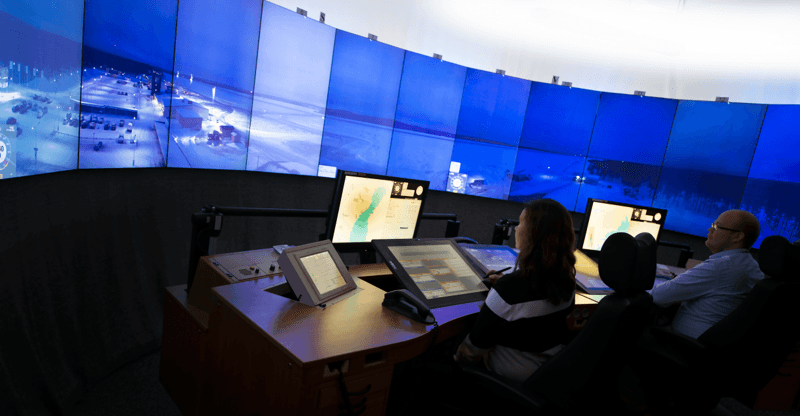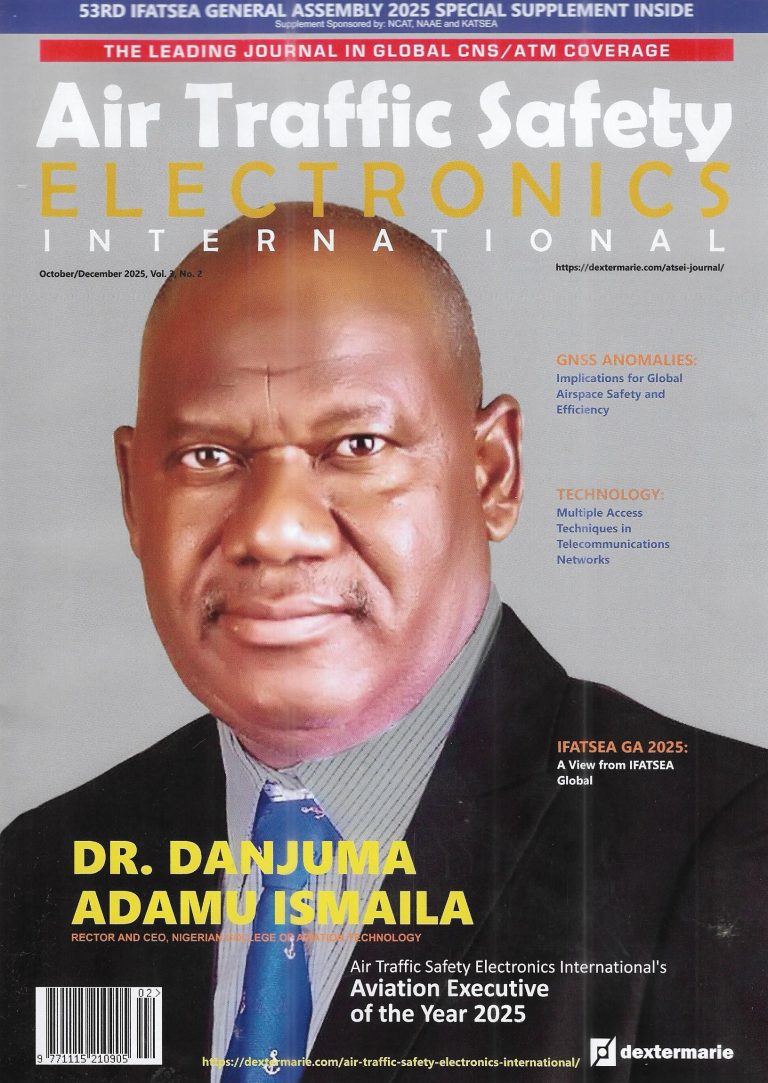

Interrogating the Nuances and Affordances of Modern Technologies

One point that typifies existing and emerging digital technologies is, without doubt, the fact that as the utilities, nuances and affordances of these innovative technologies proliferate so also are the innuendos and concerns that characterize their applications in various aspects of human engagement. This is just not only the plain fact but also a fate, which any industrial system that is wont to press forward with the adoption of innovative technologies must learn to grapple with.
The aviation system, of course, is one industrial system that is wont to press forward with the adoption of innovative technologies in a frenzied attempt to continue to up the game in terms of operational homogeneity and interoperability, operational safety and security, operational efficiency, and sustainability. From digitalization to automation and virtualization technologies, the global aviation system’s flirtatious embrace of exotic technologies seems to know no bounds, precipitating immense challenges. The imminence of a large-scale incursion of artificial intelligence (AI) technologies into the aviation terrain is also, to put it mildly, threatening to further harden the plasticity of the challenges.
And this is coming with a price, a price that aviation stakeholders seem to have accepted to pay, albeit not without a determined battle. This is, perhaps, why there is scarcely no aviation undertaking – be it at the national, sub-regional, regional and global levels or at any given aviation gathering – where the focus has not been riveted on devising strategies or defining roadmaps for confronting the innuendos and concerns that naturally follow in the wake of aviation’s flirtatious romance with the new technologies. These innuendos and concerns actually relate to a wide variety of areas. One is the aspect of cybersecurity and the growing concerns regarding the increasing vulnerability of the aviation system.
It may really look very amazing to fathom the amount of energy that the industry is devoting to cybersecurity issues today. For example, the 53rd General Assembly of the International Federation of Air Traffic Safety Electronics Associations (IFATSEA) holding in South Africa’s picturesque city, Cape Town, from 9 to 14 November 2025 will be looking at “Addressing cyber threats against CNS/ATM systems through collaboration, training, system thinking and data-driven decision-making”. The Fourteenth ICAO Air Navigation Conference, which held at the ICAO headquarters in Montreal, Canada from 26 August to 6 September 2024, also had its fair share of discussions regarding cybersecurity as several White Papers and Information Papers targeted the subject-matter. The IFATSEA’s Information Paper (AN-Conf/13-WP/173) presented at the conference made a case for a proactive approach to air navigation services (ANS) cybersecurity issues and information system resilience such that air navigation service providers (ANSPs) are able to proactively address cybersecurity challenges, leveraging the readiness and the competence of air traffic safety electronics personnel (ATSEP) in relation to tactical and strategic overtures to cyberattacks with a view to safeguarding critical ANS systems. There is also the Argentina Working Paper (AN-Conf/14-WP/125), which was supported by 19 members of Latin American Civil Aviation Commission (LACAC). The paper made a strong case regarding the design of mechanisms to support ANSPs in managing cyber threats and cyber events, whilst also inviting the Conference to, among other things, “develop and/or implement technologies, procedures and arrangements that enable controllers to provide air traffic services (ATS) safely and recover operations promptly in the case of a cyber event.” One downside of the Argentine paper is that it addressed ATM systems’ users rather than those whose responsibility targets the installation, maintenance, and operation of these systems. The IFATSEA White Paper (A42-WP/353), presented at the just concluded 42nd Session of the ICAO General Assembly in Montreal, Canada, recommended an update to ICAO DOC 10057 (Manual on Air Traffic Safety Electronics Personnel Competency-based Training and Assessment) to incorporate cybersecurity and AI as a distinct and essential training domain.
Another area of concern, which is the focus of Air Traffic Safety Electronics International’s Context in this edition, is the growing occurrence of GNSS anomalies, particularly in conflict zones of the world. Two working papers at the 2024 ICAO Air Navigation Conference – AN-Conf/14-WP/76 and AN-Conf/14-WP/78 – actually interrogated different dimensions of the GNSS debacle, recommending appropriate rationalization and mitigation measures.
Given the increasing adoption of innovative technologies in the aviation ecosystem, it seems quite reasonable to argue that multi-stakeholder and multi-jurisdictional approaches are essential to designing appropriate mitigation strategies. This is more so given the global ramification of the aviation system. ◙
All rights reserved. No part of this material or the content of this website may be reproduced or published in any form or by any means without the prior written permission of the publisher.
Contact: atsei@dextermarie.com


